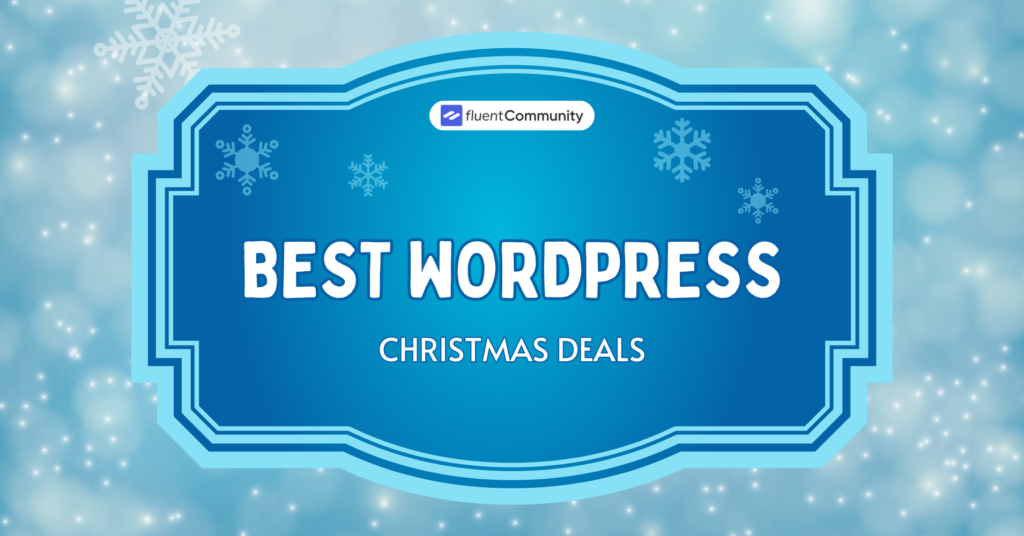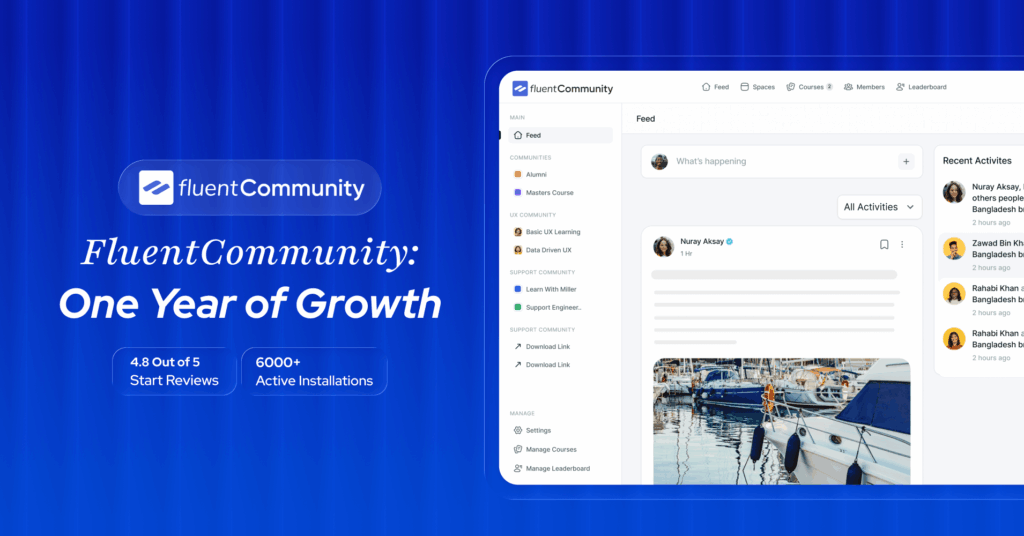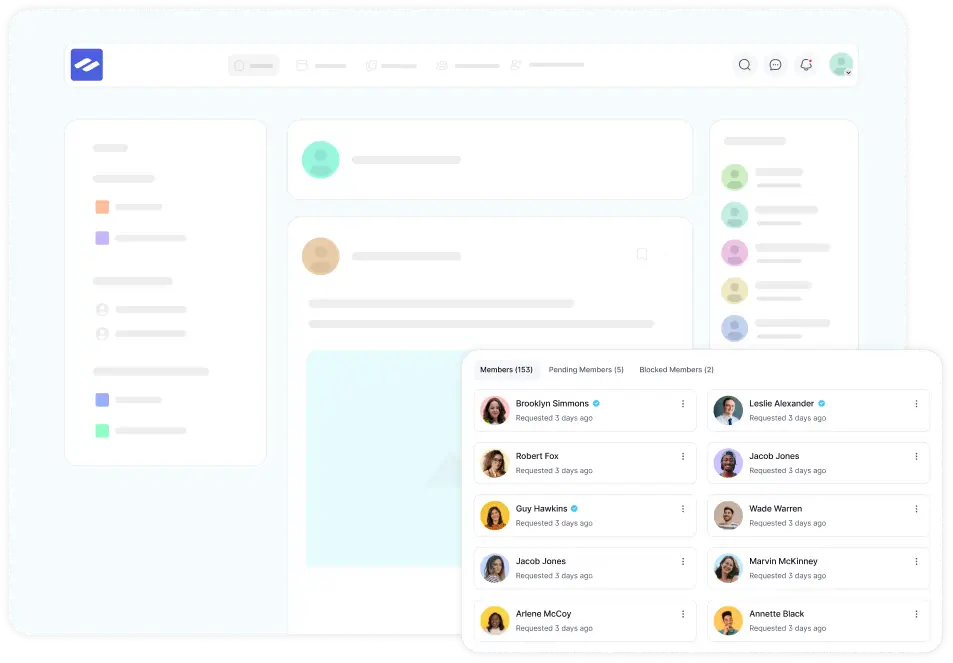
Types of Online Communities: A Complete Guide for Business Owners
Online communities are changing how businesses connect with customers, users, and fans. Whether running a membership site, selling digital products, or offering services, building the right online community can help you boost engagement, get feedback, and grow your brand.
In this post, we’ll explore the most popular types of online communities, how they work, and how you can choose the best one for your business.
What is an online community?
An online community is a virtual space where people with shared interests, goals, or professions interact, share knowledge, and build relationships through digital platforms. These communities can exist on forums, social media groups, membership sites, or dedicated community platforms. The main purpose is to ensure engagement, support, and collaboration among members, regardless of geographic boundaries.
There are different types of online communities, each serving unique purposes. Some focus on learning and education, like course communities or knowledge-sharing groups. Others revolve around brand support, where customers connect to share product feedback or get help. You’ll also find professional communities, hobby-based groups, and social communities that encourage casual interaction.
Depending on the goals, online communities can be public or private, interest-based, support-driven, or goal-oriented. They often include features like discussion boards, private messaging, events, polls, and activity feeds to increase participation. Successful communities also give a sense of belonging, making users more likely to return and engage regularly.
Whether you’re building a community for customers, learners, or like-minded individuals, understanding the types of online communities helps you design the right structure and engagement strategy for long-term growth and value.
Why does knowing the types of online communities matter?
Building an online community isn’t a one-size-fits-all approach. Different communities serve different goals, whether offering support, encouraging engagement, sharing knowledge, or driving product growth. That’s why choosing the right type of community is a first step.
When you understand what kind of community aligns with your business and audience, you can:
- Serve your audience more effectively by focusing on their specific needs and interests
- Choose the right tools and platform that match your community’s purpose and engagement style
- Save time and effort by avoiding trial-and-error and building with clarity from the start
- Boost business growth through authentic, meaningful connections that build loyalty and trust
1. Support communities
Support communities are designed to help users solve problems and get product-related assistance. They are best suited for SaaS tools, WordPress plugins, and customer-facing products. For example, you can create a FluentCommunity-powered group where users ask questions about your plugin and receive help from peers or your support team. This approach works because it reduces support tickets and builds trust with your customers.
2. Learning communities
Learning communities focus on sharing knowledge and helping members grow through courses, resources, and discussions. They are ideal for coaches, educators, and course creators. Imagine a community where members discuss lessons, ask questions, and share tips from your online course. This model works great as it increases course completion rates and keeps students engaged throughout their learning journey.
3. Interest-based communities
Interest-based communities connect people around hobbies, passions, or shared interests. They are perfect for bloggers, influencers, and niche creators. For instance, you could build a community for people who love gardening, photography, or fitness. This type of community works well because it builds a strong emotional bond between members and your brand.
4. Professional or networking communities
Professional or networking communities aim to help people connect professionally, share opportunities, and collaborate. These communities are a great fit for B2B businesses, agencies, and consultants. An example would be creating a space for marketers, designers, or developers to network, share knowledge, and learn from each other. This strategy works by adding value beyond just your product or service.
5. Feedback and innovation communities
Feedback and innovation communities are built to collect user ideas, run surveys, and improve your product with real feedback. They work best for startups, product teams, and digital creators. For example, you can use FluentCommunity’s polls and surveys to gather feature requests and prioritize your next developments. This works effectively because it gives users a voice and keeps them invested in your product’s journey.
6. Brand communities
Brand communities are meant to build a loyal fan base around your business. They are particularly beneficial for e-commerce brands, personal brands, and lifestyle products. A great example is creating a members-only community where customers get early access to products, exclusive content, or loyalty perks. This method works wonders by turning buyers into passionate brand advocates.
Which type of online community should you build?
Choosing the right type of community starts by asking yourself a few important questions. Start by defining what you want your community to achieve. Let’s break it down:
- What’s the goal of my community?
- Who am I serving?
- What kind of interaction do I want?
By answering these three questions, you’ll have a clear direction on what type of online community to build, one that not only serves your audience but also grows your brand or business.
For example, if your goal is to offer product support and reduce customer service workload, a support community is your best choice. If you want to offer product support and reduce customer service workload, a support community is your best choice. And if you go for deeper conversations, learning journeys, and collaborations, consider a learning or professional community.
And remember, with a flexible platform like FluentCommunity, you can combine multiple types of communities in one place. For example, a learning community can also have support and feedback spaces, all under one dashboard.
Build your community with FluentCommunity
Whether you want to educate, support, or connect, FluentCommunity gives you the tools to create powerful, user-friendly online communities inside WordPress. It has:
- Custom dashboards
- Real-time chat
- Polls & surveys
- User groups
- Activity feeds
- Spaces
- User Profiles
- Posts
- Comments
- Notifications
- Leaderboard
- Welcome Message
- File Upload
- Dark/Light Mode
- Emoji
And much more to make your community resourceful and engaging. To make a successful online community, start building one with FluentCommunity.

Prema Anjum
My full name is Anzuman Ara Chowdhury. But people know me as Prema Anjum. I’m a Digital Marketer by profession, a WordPress community contributor, and a travel enthusiast by heart.
Table of Content
Subscribe To Get
WordPress Guides, Tips, and Tutorials












Leave a Reply